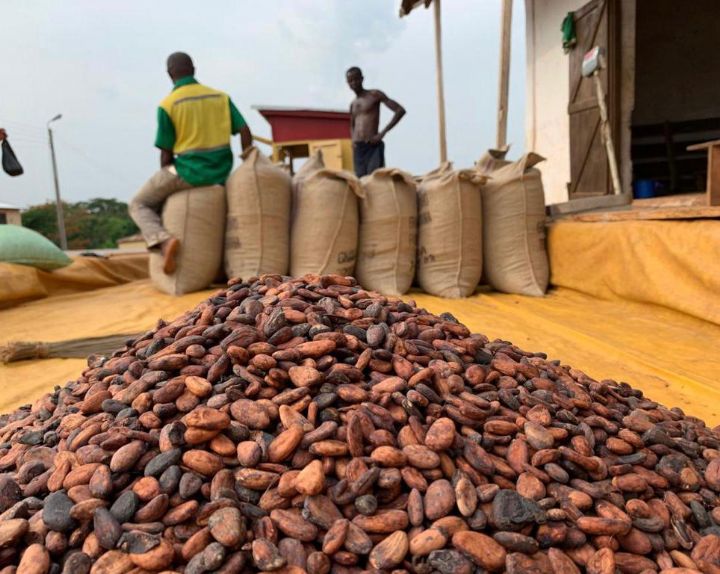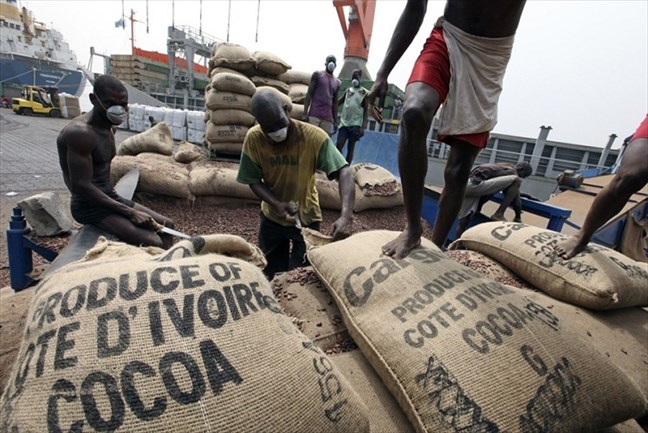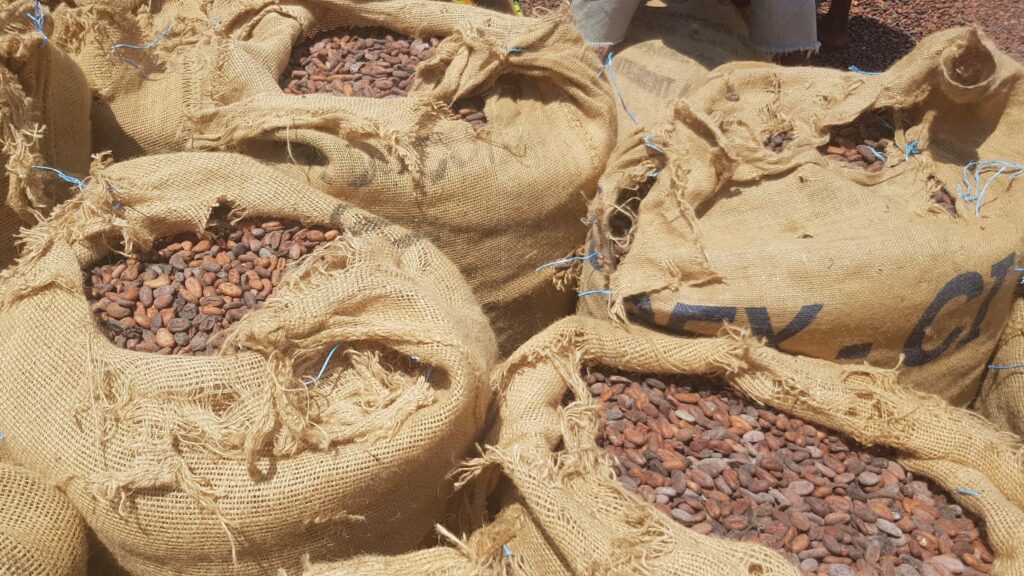cocoa
origin and usage
The cocoa bean is a highly prized agricultural commodity worldwide for the production of chocolate and other food products. This plant is native to South America but is now cultivated in many regions around the world, including West Africa, Asia, and Central America.
Cocoa is produced from cocoa beans, which are the seeds of the cacao fruit. The cocoa beans are harvested by hand and then fermented to develop their characteristic flavor and aroma. Once fermented, the beans are dried in the sun or with hot air to remove moisture.
Once dried, the beans are roasted, which gives them their characteristic chocolate flavor. After roasting, the beans are ground to form a paste called “cocoa mass,” which is then processed into chocolate and other cocoa-based products.
Cocoa is a key ingredient in many food products, including chocolate, pastries, hot beverages, and confectionery products. It is also used in non-food products, such as cosmetics and pharmaceuticals.
Due to the high demand for cocoa worldwide, it is often traded on global commodity markets. The major cocoa-producing countries are Ivory Coast, Ghana, and Indonesia.
In summary, cocoa is an important agricultural commodity for the food industry and is used in a wide variety of products. It is grown in many countries around the world and is traded on global commodity markets.

ivorian standars and international standards
GRADE 1 GOOD FERMENTED (GF)
( G 1 )
IVORIAN STANDARS
CHIPS = 03 %
SLATES = 03 %
DEFECTIVE = 03 %
INTERNATIONAL STANDARS
MOLDY + MOTHS
less than or equal to 05 %
SLATES
less than or equal to 05 %
GRADE 2 FAIR FERMENTED (FF)
( G2 )
IVORIAN STANDARS
MOISIES = 04 %
SLATE = 08%
DEFECTIVE = 06%
INTERNATIONAL STANDARS
MOLDY + MOTHS
between 05% and 10%max.
SLATES
between 05% and 10%max.
SUB GRADE
FAIR AVARAGE QUALITY(FAQ)
(S/ G)
IVORIAN STANDARS
MOISIES = 4,1% (S/ G)
SLATES = 8.1% OF THE TOTAL NUMBER OF SLATES
DEFECTIVE = 6,1% (S/ G)
INTERNATIONAL STANDARS
MOLDY + MOTHS
more than 10%
SLATE
above 10%

quality for export
To be admitted for export, cocoa of Côte d’Ivoire origin must meet the following conditions
- be properly fermented;
- be dry with a moisture content not exceeding 8%;
- be clean and free of loose or adhering foreign matter (pod debris, wood, and various mineral parts)
- be free of foreign odors (mold, smoke, pesticides, tar);
- be classified as Grade I or Grade II in order to benefit from the commercial designation “Good fermented: GF”.
- in terms of graining, a tolerance of up to 105 beans/100 grams is allowed
Classification by grade
Cocoa is classified into three commercial types: Grade I, Grade II and Sub-Grade. Grade I and II cocoa is exported under the trade name “Good fermented: GF“.
The grade classification is based on the percentage of defective beans. The evaluation of the percentage of defective beans is done by the cut test. 300 beans from the sample are cut in half to expose the maximum surface of the shelled kernel to the naked eye. This analysis allows to know the percentage of moldy beans, slate beans and defective beans.
Classification of the beans by order of defectiveness
When a bean has several defects, the most serious is retained. The classification of the beans in order of decreasing defectiveness is as follows:
– Moldy beans ;
– Slate beans;
– Otherwise defective beans.
Grade I
Grade I cocoa shall be composed of lots of beans uniform in color and size. No more than 10% of the beans may differ in weight by more than 1/3 above or below the average weight of the beans.
It must not contain more than :
– 3% of moldy beans
– 3% of slate beans
– 3% of beans with other defects
Grade II
Grade II cocoa must be composed of lots of homogeneous general appearance and color.
It must not contain more than :
– 4% of moldy beans
– 8% of slate beans
– 6% of beans with other defects.
Under grade
The sub-grade cocoa is the one that does not correspond to the characteristics of grade II. It is mainly intended for the supply of local processing plants which must buy it in priority.


